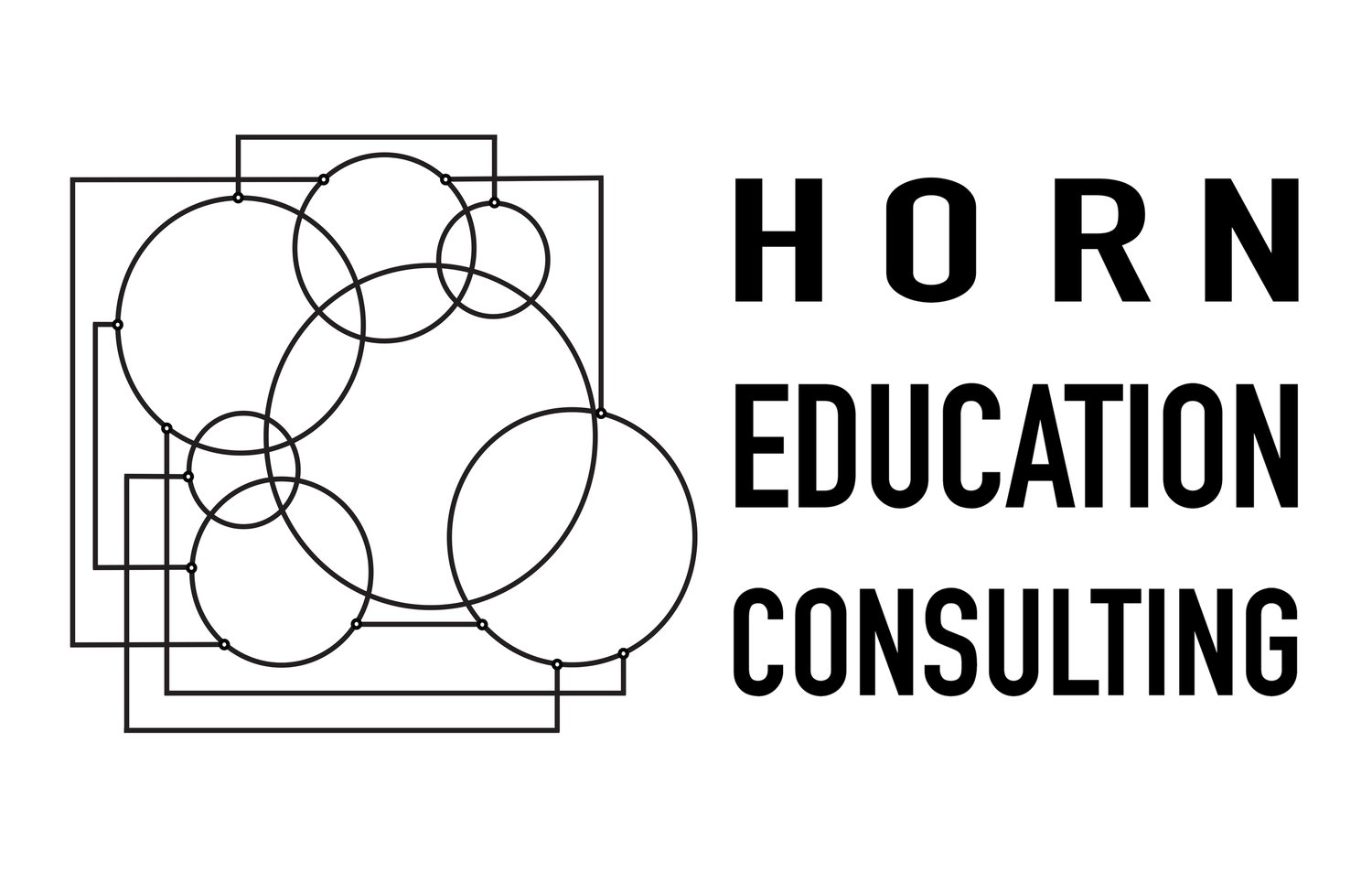Check your curriculum for windows and mirrors.
Image by Roy Chambers.
In a 1988 essay, teacher and activist Emily Style describes a “house of curriculum” replete with “windows” and “mirrors.” She calls windows those texts that enable students to peer out and see the realities of other people, and mirrors the stories that reflect a student’s own reality. Style argues that all students deserve a curriculum that pushes them to view the world outside their lived experience and, upon occasion, validates their own experience in the public world of the school.
Style’s argument extends from our long tradition of privileging the white male perspective as “universal,” with the result that white males tend to find “in the house of curriculum, many mirrors to look in, and few windows which frame others’ lives. Women and men of color, on the other hand, find almost no mirrors of themselves in the house of curriculum; for them it is often all windows. White males are thereby encouraged to be solipsistic, and the rest of us to feel uncertain that we truly exist.”
Nearly three decades later, many schools have undertaken curricular revision with similar concerns in mind. There has been increasing awareness that, for example, no students are well served by representing “the African American experience” only in terms of slavery and the Civil Rights movement. More works by women appear in syllabi, and scientific and cultural contributions by people of color and laborers (even, in some schools, by non-straight folk) are more often presented. All these changes more fully reflect the diversity of the U.S. and the students in our classrooms.
However, Style’s metaphor will continue to be helpful whenever schools think about how we make and re-make curriculum amid greater awareness of social diversity and changing demographics. For the kids in your school or district, how many windows are there, and how many mirrors? Where and how are immigrant experiences reflected? What about the lives of the working poor? What reliable Muslim or Mormon perspectives appear?
Style cautions that a healthy balance is the aim. Always peering through windows can leave you uncertain about yourself; too many mirrors and your “seeing of humanity’s different realities is … profoundly obscured. All of us lose when education is framed this way.”
[Adapted from Emily Style, “Curriculum as Window & Mirror,” National SEED Project, 1988.]


